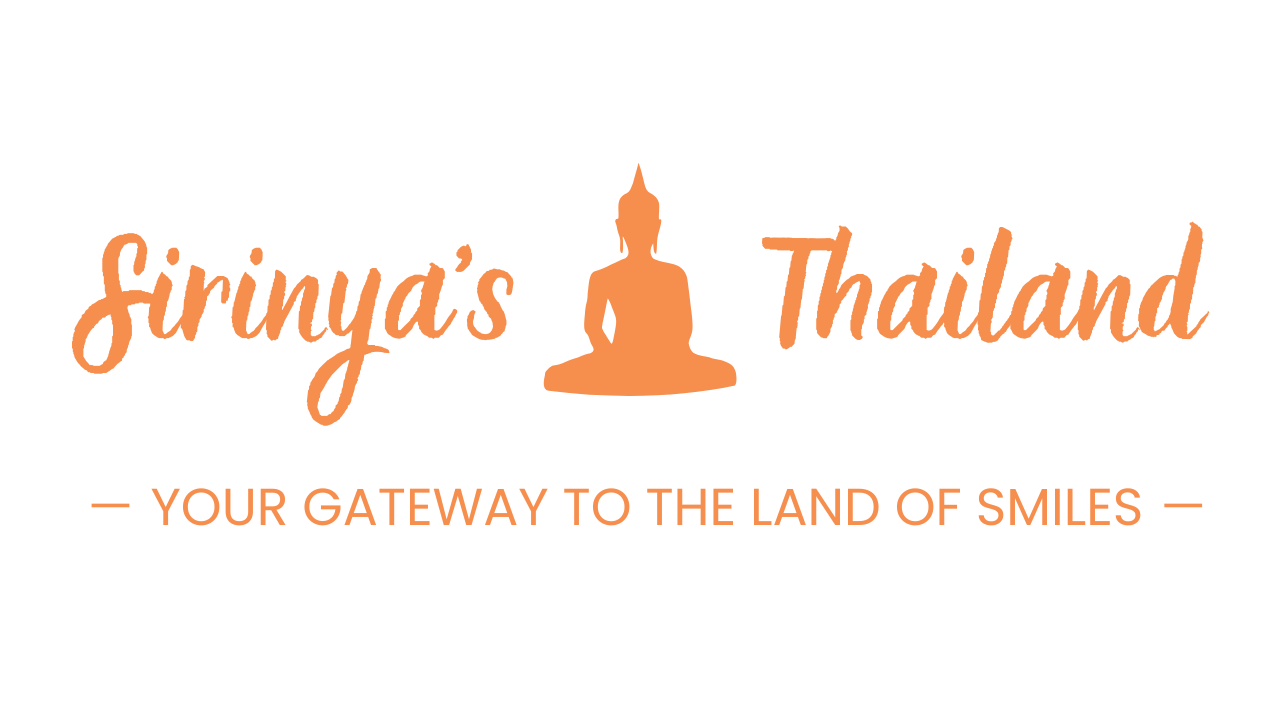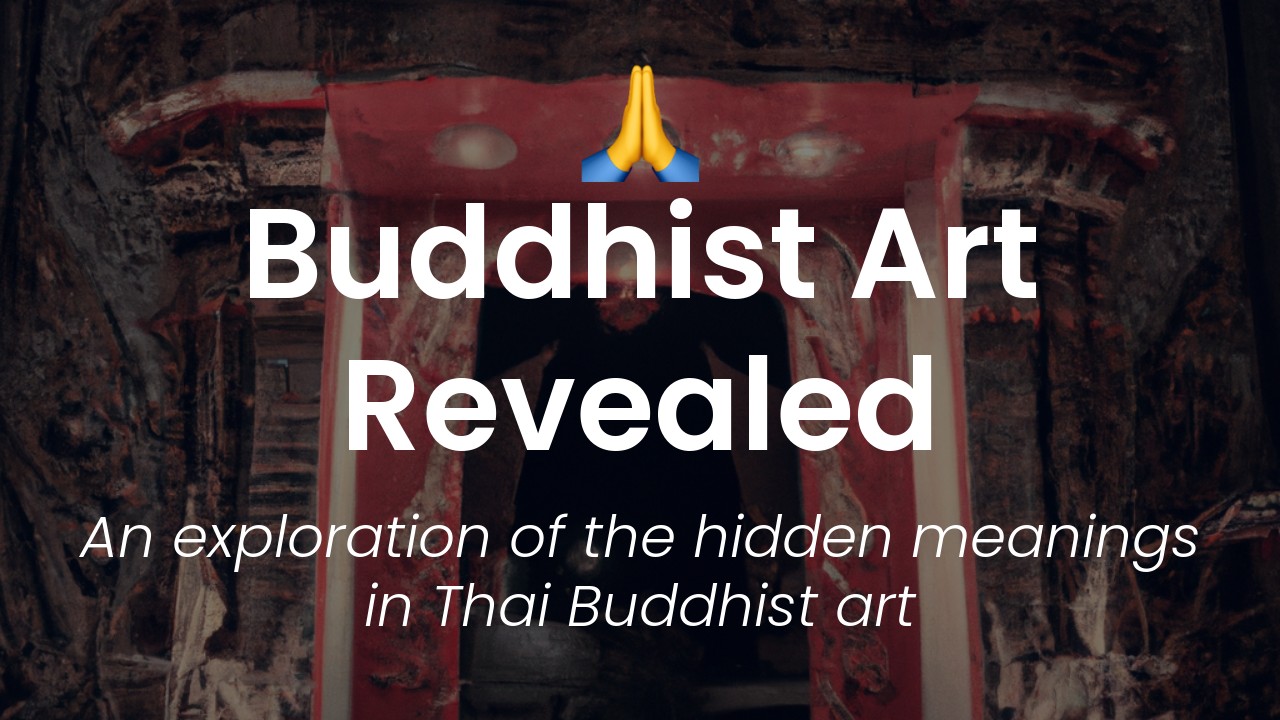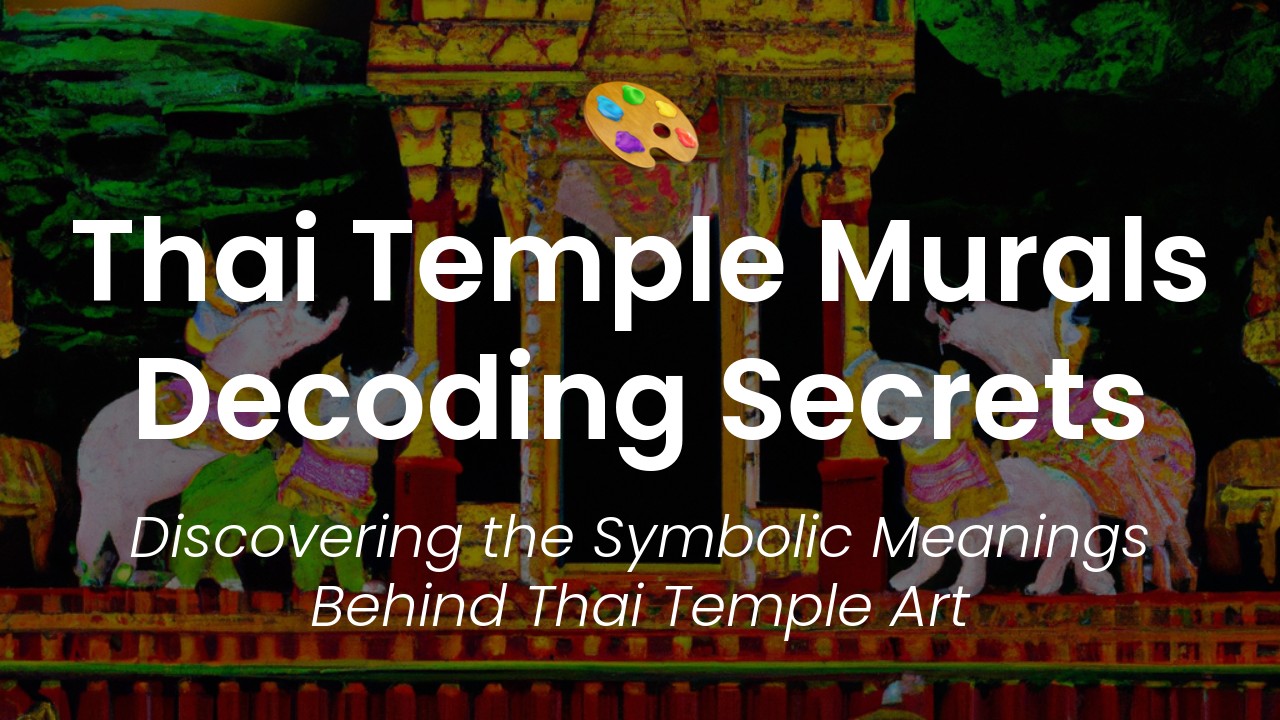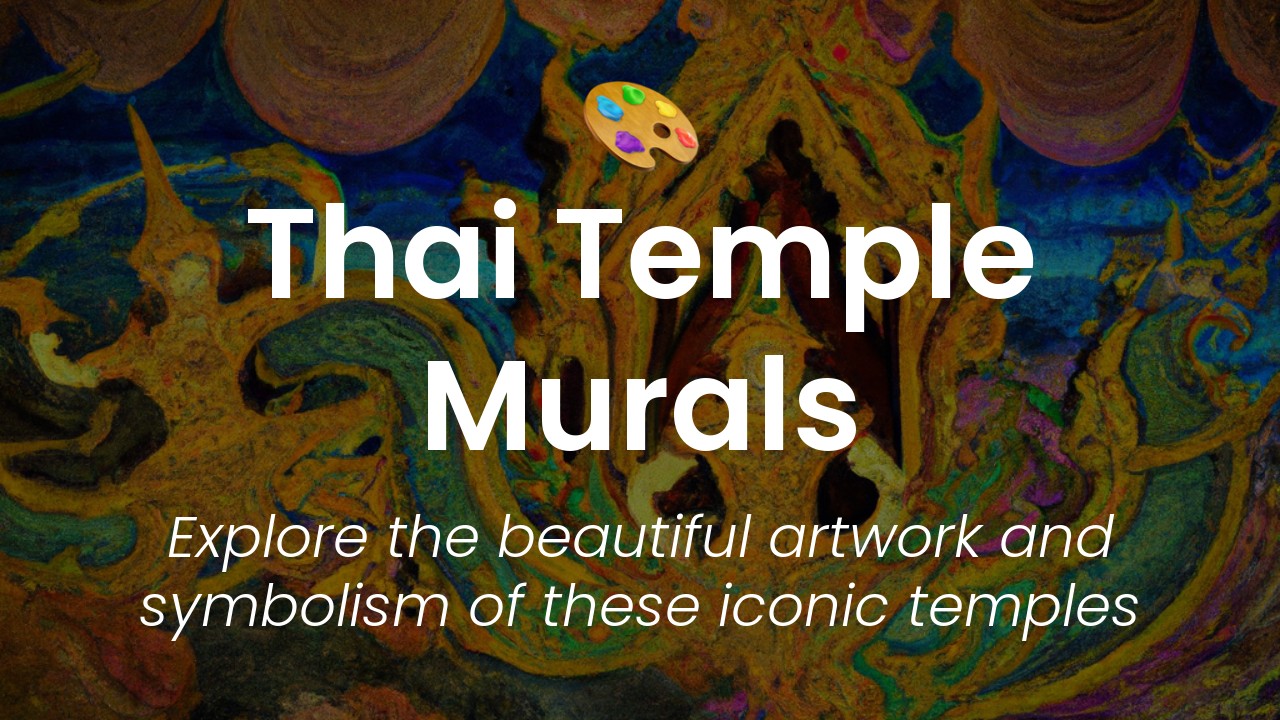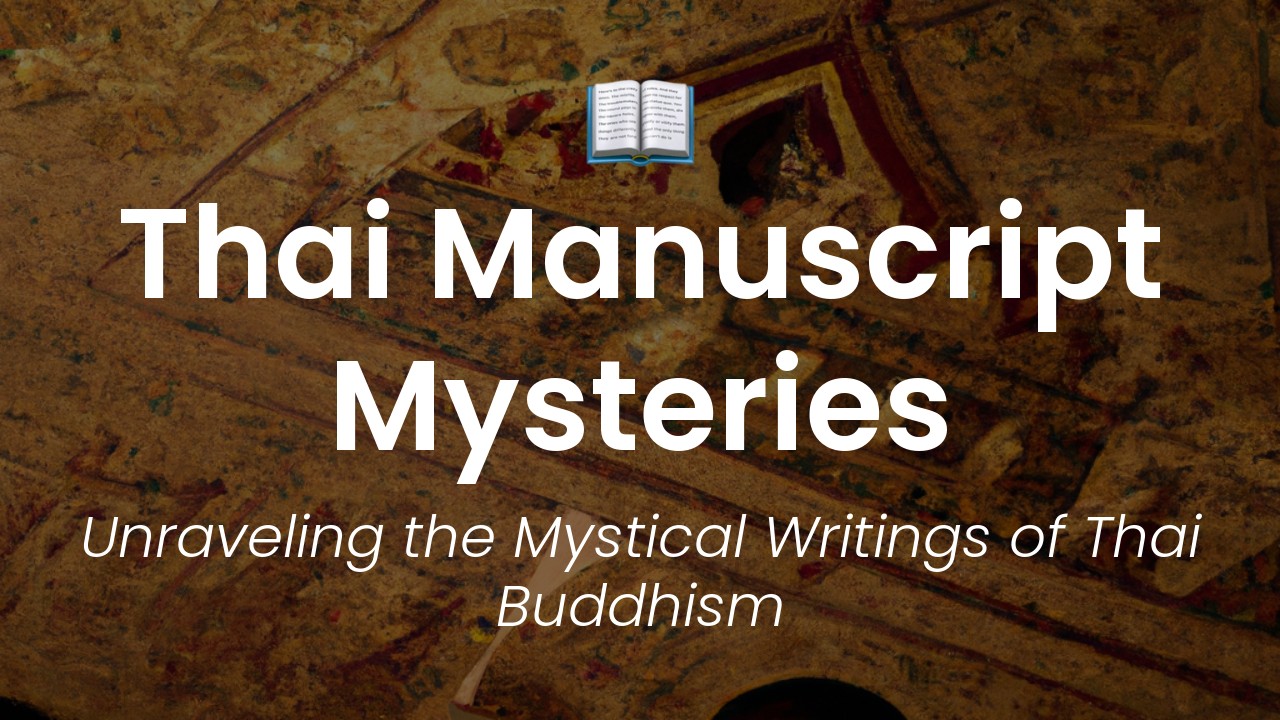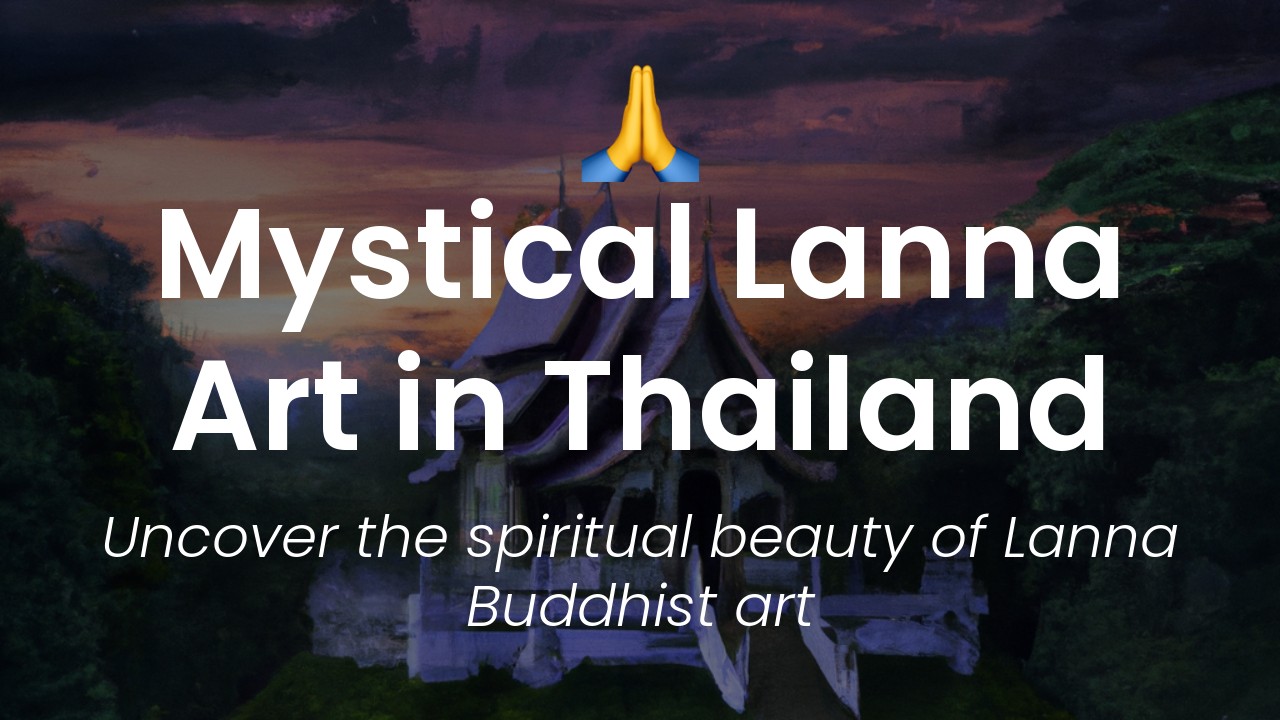As a Thai citizen, I am always fascinated by the cultural and religious artifacts that can be found throughout my country. One of the most important and defining symbols of Thai Buddhist culture is the Buddha statue. Not only a religious icon but also a cultural icon, the Buddhist temple experience can be a window into the soul of Thailand. As a tourist destination, Thailand has a plethora of opportunities to learn about Buddha iconography. Visitors can witness the rich history of Thai Buddhist culture in every statue, monument, and building that adorns every part of the country.
In this blog article, I would love to take you on an enlightening journey through Buddha iconography in Thailand. We will explore the iconic statues and see the various symbols that adorn each of them. We will examine the position of each Buddha statue, describing the meaning and significance of each position they hold, and the mudras (hand gestures) which accompany each statue.
Many visitors arrive in Thailand eager to experience the spiritual side of Thai culture, but are often intimidated by the vast number of temples that exist in the country. The variety of types of statuary and significant sites can be overwhelming. The tour I will take you on will help demystify the experience and guide you through appreciating each Buddha statue's unique symbolic meaning. Let's dive into the art and iconography of Thai Buddhist culture together, appreciating each statue's beauty and significance.
The History of Thai Buddhism
Thailand, a predominantly Buddhist country, has a rich and diverse cultural heritage. Buddhism arrived in Thailand around the 3rd century BCE and has since evolved into a unique form of Theravada Buddhism that is practiced widely across the country. One of the most enduring symbols of this form of Buddhism is the Buddha statue. The statues come in many shapes and sizes and have various poses and hand gestures, each with its own meaning.
Symbolism in Thai Buddha Statues
Thai Buddha statues are often adorned with various symbols that represent important aspects of Buddhism or reflect local traditions. For example, the Buddha's elongated ears symbolize his detachment from earthly desires, while a headpiece known as the ushnisha symbolizes his wisdom. Other common symbols include lotus flowers, conch shells, and the wheel of dharma. Understanding the symbolism behind each statue can help deepen our appreciation of Thailand's rich cultural heritage.
Different Thai Buddha Postures
Thai Buddha statues come in many different poses, each with its own name and significance. Some of the most common poses include the meditation pose (legs crossed, hands resting in the lap), the teaching pose (right hand raised, left hand holding a bowl), and the reclining pose (lying on one side). Each pose represents a different aspect of the Buddha's life or teachings. For example, the meditation pose is thought to represent the Buddha's quest for enlightenment, while the reclining pose represents his passing into Nirvana.
Common Materials Used in Thai Buddha Sculptures
Thai Buddha statues can be made from a wide variety of materials, including bronze, silver, and wood. Each material has its own unique texture and character, which can contribute to the overall aesthetic of the statue. For example, bronze statues often have a rich patina that speaks to their age and durability, while wooden statues can have a more organic, natural feel. Many of the most famous Buddha statues in Thailand are made from a combination of materials, such as bronze with gold leaf accents.
Understanding Hand Gestures (Mudras)
The hand gestures (or mudras) of Thai Buddha statues can be quite intricate and reflect specific aspects of the Buddha's teachings. For example, the Bhumisparsa mudra, or earth-touching gesture, represents the Buddha's moment of enlightenment, while the Abhaya mudra, or fear-not gesture, represents protection and peace. Other common mudras include the Dhyana mudra (meditation), the Varada mudra (compassion), and the Vitarka mudra (teaching).
How to Show Respect to Buddha Statues
When visiting Thailand's many Buddhist temples and shrines, it's important to show respect to the Buddha statues and other holy objects. This can include removing shoes before entering a temple, bowing or offering flowers, and refraining from touching or climbing on the statues. It's also important to be aware of local customs and traditions, as different areas may have their own unique ways of showing respect.
Must-Visit Buddhist Sites in Thailand
Thailand is home to many beautiful and historically significant Buddhist temples and sites, each with its own unique story and significance. Some of the most famous include Wat Phra Kaew (home to the famous Emerald Buddha), Wat Arun (known for its stunning Khmer-style tower), and Wat Pho (home to a massive reclining Buddha statue). Other notable sites include the ancient city of Ayutthaya, the golden triangle region in the north, and the stunning island temple of Koh Samui.
Conclusion
Visiting Thailand can be an incredible cultural tour experience, and one of the best ways to appreciate the country's rich history and traditions is by exploring its many Buddhist temples and sites. From understanding the symbolism behind Buddha statues to showing respect in local customs and traditions, there's no shortage of learning experiences to be had. Whether you're a practicing Buddhist or simply a lover of culture and history, Thailand is a must-visit destination for anyone interested in exploring the beauty and mystique of this ancient religion.
